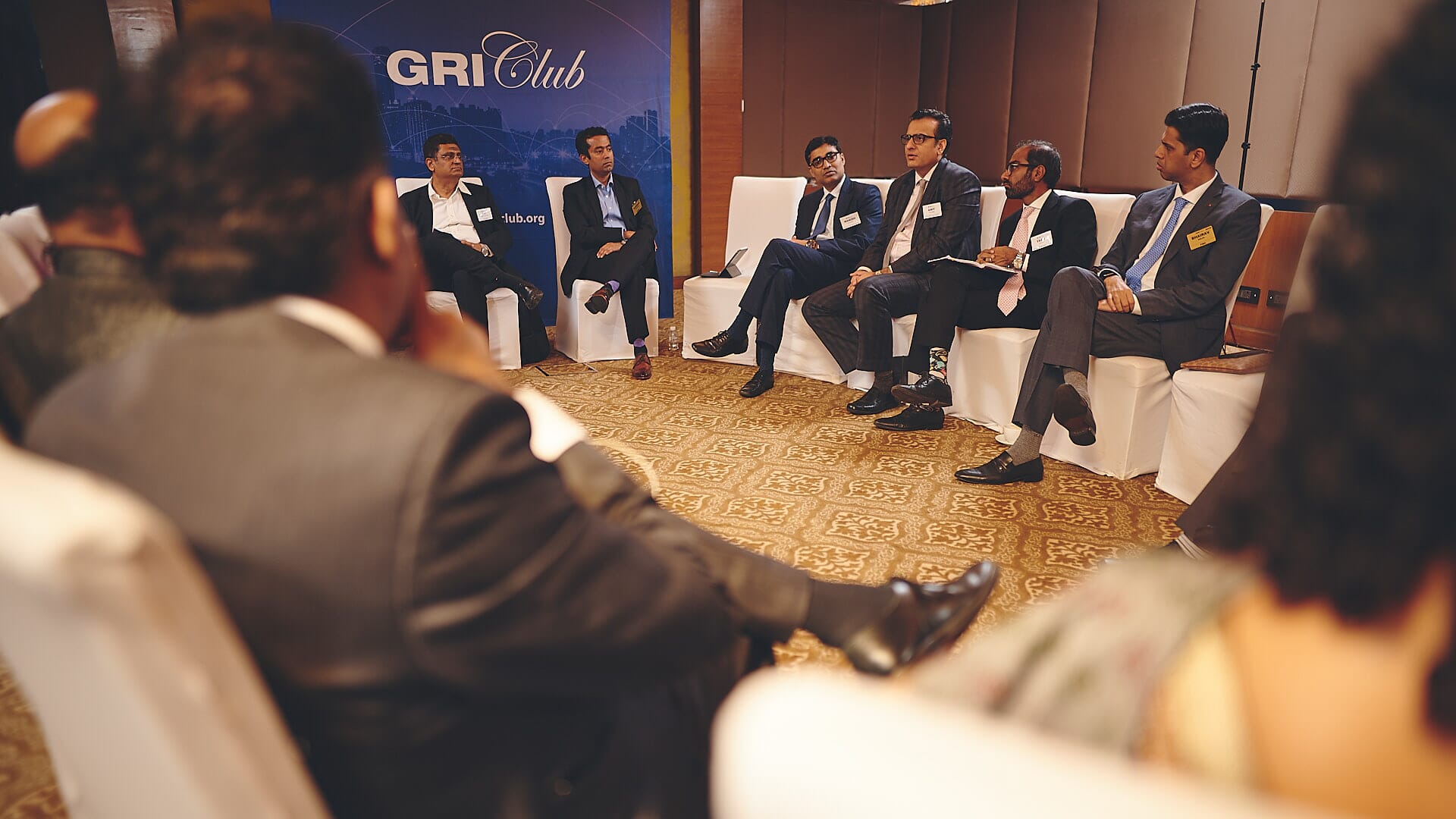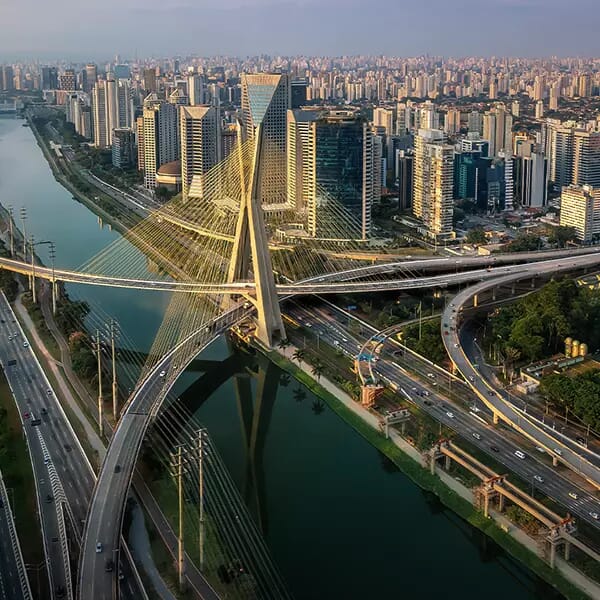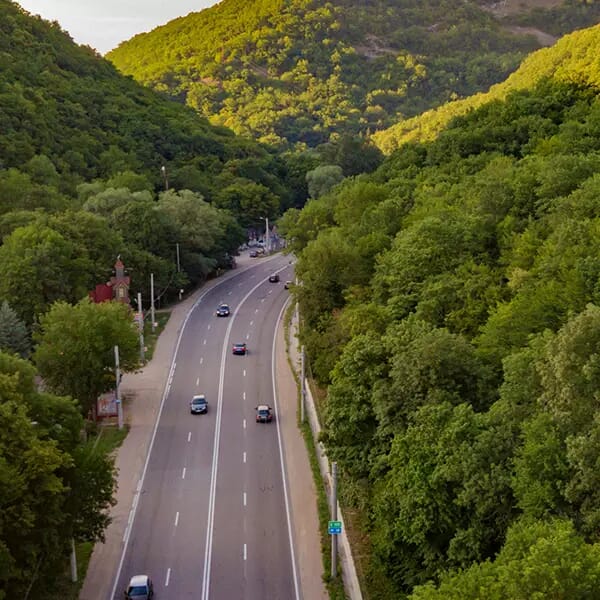 HeroPXL
HeroPXLThe effect of India’s governing bodies on InvITs
At a recent GRI Club meeting, attendees discussed the risks that the government and regulation may have against InvITs.
GRI Club Infra India met at a club meeting last week, where the leading investors, developers, lenders, operators, and infrastructure holding companies gathered to discuss and share insight into the Indian Infrastructure market.
Regulatory risk
The attendees of the GRI Club meeting in India first discussed the regulatory risk in the infrastructure sector, and whether or not it was understated or accurately perceived.
Popular opinion was that the risk track record in power and transmissions were very good. This perhaps may have been due to a previous problem with power shortages - one report described a nationwide peak hour shortage of 4208 Mw in 2016 that may have persuaded the government to be more lenient for a while.
Regulatory risk can be one of the largest risks to infrastructure investment in terms of impact considering that the counterparty to the contract is a regulator itself (i.e. NHAI). However infrastructure doesn’t often stray far enough to justify regulation, and is only exercised in strong cases of environmental risk, consumer protection or imitation of competitive market outcomes.
Should SEBI do more to protect investor interest?
The Securities and Exchange Board of India (SEBI) is the regulator for the securities market in India. But while they do govern InvITs, they are not taking any responsibility on behalf of the Government to ensure that the investors’ interest is protected from the regulator. One market leader questioned if there was a case to make them take some.
From the SEBI’s perspective it is tough to demonstrate power as different sub sectors are governed by different ministries, often with crossovers and grey-areas that are hard to navigate.
The Indian Government's role in InvITs and investment management
One attendee mentioned the current government perspective was to get more public InvITs into the market. This would be to get more public money flowing into the development of infrastructure.
The government also may have some sort of intention to participate in InvIT investment, but it would have to be through a government body such as NHAI.
The discussion ended with an almost entirely unanimous opinion that the future of InvIts in India is bright.
For further discussion on the Indian infrastructure sector, Infra India GRI 2020 will be on 19-20 February in New Delhi.
Article by Matt Harris



